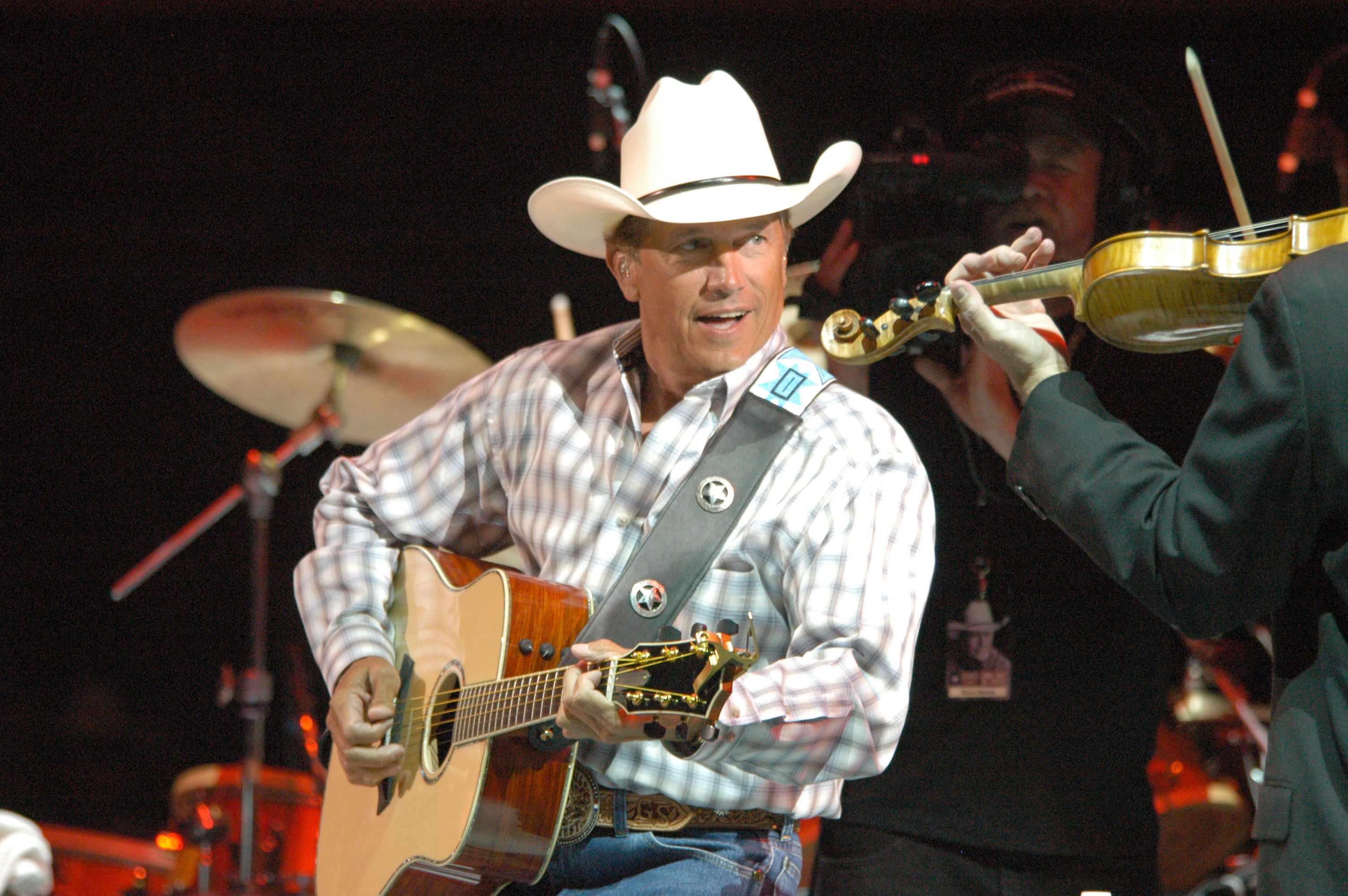Cowboy hats have become an iconic symbol of country music fashion, representing the ruggedness, independence, and deep-rooted traditions of the American West. For many artists, wearing a cowboy hat is not just a style choice but a statement of identity. Over the years, cowboy hats have evolved in design, function, and popularity within country music culture. Today, they’re worn by everyone from chart-topping country stars to everyday fans of the genre. If you’re new to owning a cowboy hat and don’t yet know how to care for one, this guide will provide you with all the insights you need, while also taking a deep dive into the rich history of cowboy hats in country music.
At Heartland Hatters, we are passionate about cowboy hats. Whether you’re shopping for a men’s or women’s hat, we believe every hat has a story—and in this post, we’ll explore how cowboy hats have shaped the story of country music fashion.
A Brief History of the Cowboy Hat
Before delving into the role of cowboy hats in country music, it’s essential to understand their origin. The cowboy hat as we know it today was first created in 1865 by John B. Stetson, a name that remains synonymous with quality hats. Stetson’s “Boss of the Plains” hat was designed for practicality, offering wide brims to protect against sun and rain, a high crown for air circulation, and sturdy construction to withstand the rigors of frontier life.
While the hat was initially worn for function by cowboys, ranchers, and outdoor workers in the late 19th century, its influence soon began spreading. The cowboy hat became a symbol of Western culture, independence, and rugged masculinity—a perfect fit for the emerging image of country music artists.
Cowboy Hats and the Early Days of Country Music
Country music has its roots in Appalachian folk music and the blues, but as it grew in popularity, it began to adopt more of the visual aesthetics of the American West. In the early days of country music in the 1920s and 1930s, artists like Jimmie Rodgers, often considered "The Father of Country Music," popularized the idea of the “singing cowboy.” While Jimmie didn’t always wear a cowboy hat, many of his contemporaries, including Roy Rogers and Gene Autry, became synonymous with the look.
Rogers and Autry, known for their music and films, solidified the image of the cowboy hat in country music fashion. Their hats were wide-brimmed, often with a bit of flair, showcasing that a cowboy hat could be both functional and stylish. These early stars of country music used their hats to help craft their larger-than-life personas, helping shape the image of the genre.
The Cowboy Hat in the Honky-Tonk Era
By the 1940s and 1950s, country music had evolved into new subgenres, including honky-tonk. Artists like Hank Williams and Ernest Tubb brought a more working-class, relatable image to the forefront of country music. Their cowboy hats were not just fashion statements but emblems of their rough-and-tumble lifestyles.
Hank Williams, one of the most influential country artists of all time, frequently donned a white Stetson hat as part of his signature look. His cowboy hat wasn’t overly ornate or fancy, aligning with his music’s themes of heartbreak, struggle, and rural life. This era solidified the cowboy hat as an essential part of a country artist’s wardrobe, and it became as much a symbol of authenticity as it was of style.
The Glamour of the 1960s and 1970s: Rhinestones and Cowboy Hats
The 1960s and 1970s saw a shift in country music fashion. As the genre grew in mainstream popularity, so did its performers’ stage presence. Artists like Dolly Parton and Porter Wagoner embraced the glitz and glamor of show business, often donning rhinestone-encrusted cowboy hats that reflected the opulence of Nashville’s Grand Ole Opry stage.
At the same time, stars like Johnny Cash brought a darker, more rebellious energy to the cowboy hat’s legacy. Though Cash wasn’t always seen in a hat, when he did wear one, it was often black—perfectly matching his "Man in Black" persona. His cowboy hat helped convey the outlaw spirit that would become a defining feature of the subgenre known as Outlaw Country in the 1970s.
Waylon Jennings, Willie Nelson, and Merle Haggard, key figures in the Outlaw movement, also embraced cowboy hats as part of their image, though their style was more understated compared to the glitzy hats of earlier stars. Their hats were rugged, practical, and embodied the spirit of independence, rebellion, and a return to the traditional roots of country music.
The Cowboy Hat in Modern Country Music
Fast-forward to the 1990s and 2000s, and cowboy hats continued to be a prominent fixture in country music fashion. Stars like Garth Brooks and George Strait made the cowboy hat central to their image. George Strait, often referred to as the “King of Country,” has been nearly inseparable from his black cowboy hat throughout his career. His clean, traditional style harkens back to the days of Gene Autry and Roy Rogers, helping to preserve the timeless connection between cowboy hats and country music.
Brooks, with his unique blend of country and pop influences, popularized a bolder, flashier cowboy hat, often pairing it with brightly colored shirts and jeans. His look appealed to a wide audience, helping to bring country music into the mainstream.
In today’s country music scene, artists like Jason Aldean and Luke Bryan have put their own spin on the cowboy hat, often opting for straw hats with more modern designs. These hats are often seen as less formal but no less iconic, showcasing how versatile cowboy hats can be within country music.
The Future of Cowboy Hats in Country Music
As country music continues to evolve, so too will its fashion. The cowboy hat, however, remains a steadfast symbol of the genre’s roots. Whether in its classic form or with a modern twist, the cowboy hat is likely to continue playing a significant role in country music fashion for years to come.
For anyone new to owning a cowboy hat, understanding its history and significance in country music adds another layer of appreciation for this timeless accessory. Whether you’re wearing a felt hat in the winter or a straw hat at a summer country concert, you’re tapping into a tradition that dates back more than a century.
At Heartland Hatters, we take pride in offering a wide selection of cowboy hats that honor this legacy. Whether you’re drawn to the traditional styles of the past or looking for something with a modern flair, we have something for every cowboy and cowgirl.
Final Thoughts
The cowboy hat is more than just a piece of clothing—it’s a symbol of the independent, rugged spirit that defines both the American West and the heart of country music. From the early days of the singing cowboy to today’s chart-topping country stars, the cowboy hat has remained a constant. Whether you’re a diehard country music fan or simply looking for your first cowboy hat, you’re stepping into a tradition that spans generations.




